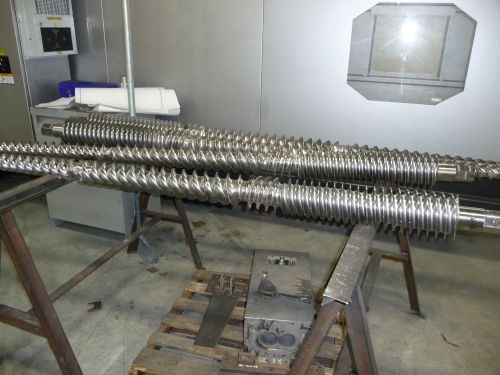Published
The Pitfalls of Perfection
Machining to the exact specifications called for in a solid model might be unnecessary.
Share




Autodesk, Inc.
Featured Content
View More
ECi Software Solutions, Inc.
Featured Content
View More



As an editor by trade, I can be extremely finicky when it comes to grammar, punctuation and the like. Sometimes I have to remind myself that the content of a piece of writing is more important than exactly how it is written.
Manufacturers can get caught in a similar trap, says Bill Gibbs, president of CAM software developer Gibbs and Associates. Just as an editor’s strict adherence to some arcane grammatical convention might make a sentence less effective, a manufacturer’s strict adherence to a solid model might cost unnecessary time and money.
This might come as surprise to some. After all, a solid model is supposed to provide a blueprint for manufacturing in the form of a detailed, virtual representation of a part. The problem, Mr. Gibbs explains, is that solid models created in most modern CAD systems can be too detailed in some cases.
By requiring specific definition for a part’s every dimension, surface and tolerance, solid models often obscure the simple fact that some features are more important than others, he explains. Depending on the part, missing a tolerance by a few tenths on one of the less-important features might not cause any problems—though one wouldn’t know that from simply examining the solid model. Likewise, many CAD systems simply don’t have the tools to precisely translate a customer’s needs into a mathematically defined virtual model.
That’s one reason why it’s important for manufacturers to understand the functionality of the parts they machine and the needs of the customers they serve to the extent that they know what’s important and what’s not. Such shops can often develop machining processes that are faster, simpler and more cost-effective than competitors seeking to machine exactly to the model.
For more on what Mr. Gibbs has to say about this issue, check out this article. While geared toward newcomers to rotary-axis operations, the lessons Mr. Gibbs offers can be applied more generally. That includes what he regards as another common misunderstanding among manufacturers, this one relating to mathematical principles that govern a cutting tool’s interaction with a workpiece.

Bill Gibbs cites feed screw manufacturing as an example of when it is unnecessary to machine exactly to the solid model (the ones shown here are used in plastic extruders). The functionality of most feed screws is affected by relatively few key dimensions. However, in a solid model, all dimensions must be specifically defined, even those that aren’t important to the functionality of the part.


























.png;maxWidth=150)








